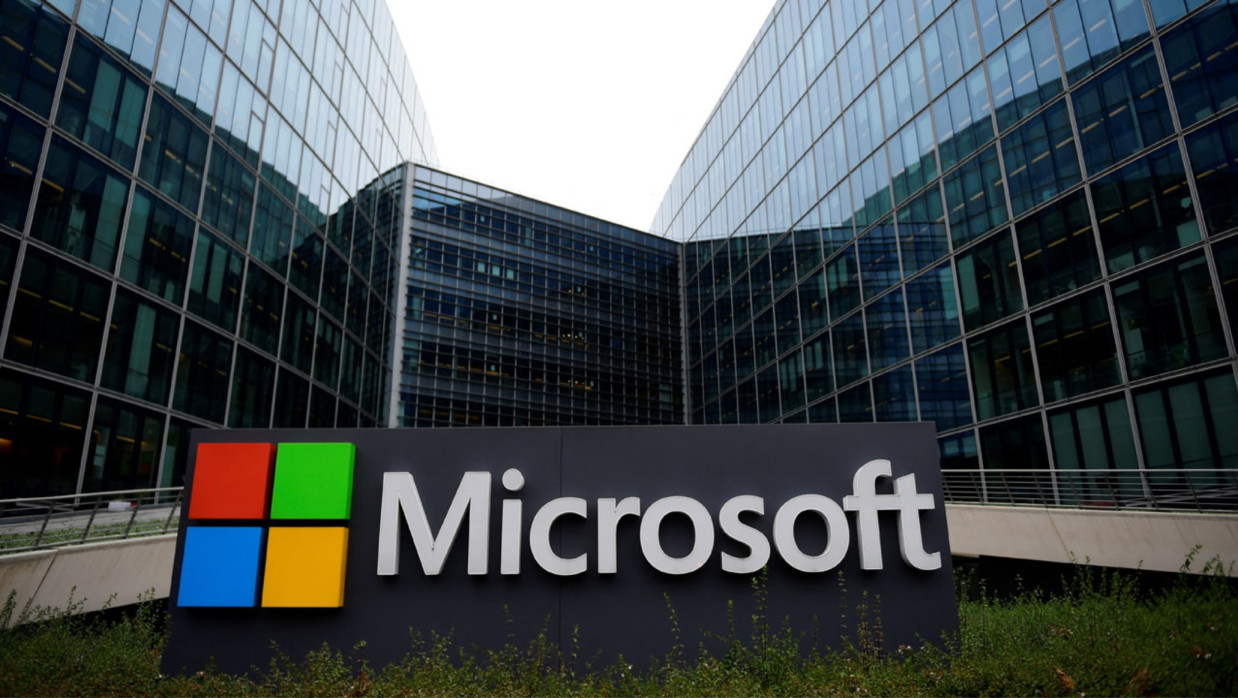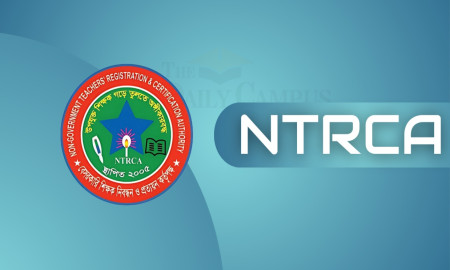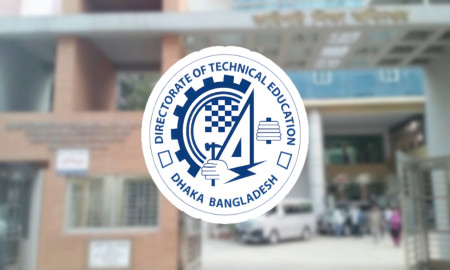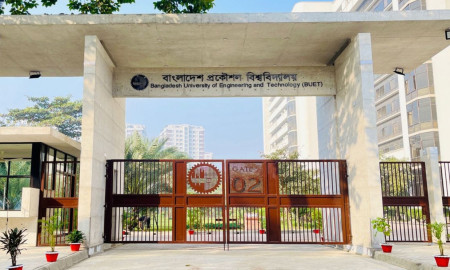Sunset for Windows 10 updates leaves users in a bind over Cyber Risks and Costs

Microsoft’s decision to terminate updates for its Windows 10 operating system by mid-October has triggered widespread concern among users and consumer advocacy groups, with many fearing increased vulnerability to cyberattacks and the financial burden of upgrading to new systems.
What Happens on October 14?
As of October 14, 2025, devices running Windows 10, launched in 2015, will no longer receive software updates from Microsoft. These updates have been critical in patching vulnerabilities, as the operating system has been a frequent target of cyberattacks, according to Martin Kraemer, a cybersecurity expert at KnowBe4, a U.S.-based firm.
Implications for Users
Microsoft is urging users to upgrade to Windows 11, released in 2021. However, for users whose hardware is incompatible with the new operating system, Microsoft offers a $30 one-year extension for Windows 10 security updates. This move has drawn sharp criticism from consumer groups.
U.S.-based Consumer Reports described the lack of backward compatibility for some Windows 10 devices, sold as recently as a few years ago, as a “blow to consumers’ pocketbooks,” forcing them to purchase new hardware. In Europe, French organization End Planned Obsolescence (HOP) has launched a petition demanding free updates until 2030. Germany’s Verbraucherzentrale federation echoed similar concerns, stating in May that Microsoft’s decision restricts consumers’ freedom to make purchase decisions and contributes to environmental harm through increased electronic waste.
Scale of Impact
While Microsoft has not disclosed the number of affected users, Consumer Reports estimates that 650 million people globally still use Windows 10 as of August 2025. The Public Interest Research Group (PIRG) in the U.S. suggests that up to 400 million computers may be incompatible with Windows 11.
Cybersecurity Risks
Users who cannot upgrade and opt not to pay for extended security updates face heightened risks of cyberattacks. “Without updates, you’re exposed to the latest cybersecurity threats,” Kraemer warned, noting that unpatched systems become prime targets for hackers exploiting security vulnerabilities.
Additionally, Paddy Harrington from Forrester, a U.S. consulting firm, highlighted that Windows 10 users may struggle to install the latest third-party software over time. “Application vendors depend on the operating system for certain features. Without updates, these applications may not function properly,” he explained.
Alternatives for Users
Relying on antivirus software alone may not suffice for an unsupported operating system. “Antivirus offers limited protection. It’s a temporary fix, not a long-term solution,” Harrington said.
For those unwilling or unable to upgrade their hardware, switching to an alternative operating system like Linux, an open-source platform widely used in servers and as the basis for Google’s Android, is an option. “Linux is a viable choice if your applications and security tools support it,” Harrington noted.
As the October 14 deadline looms, Windows 10 users face tough choices, balancing cybersecurity risks, financial costs, and environmental concerns in an increasingly digital world.












